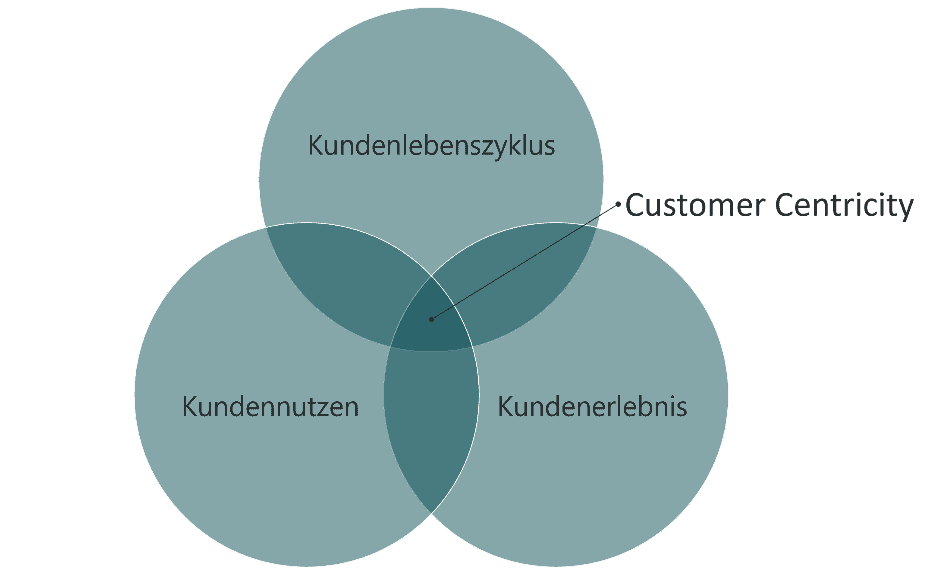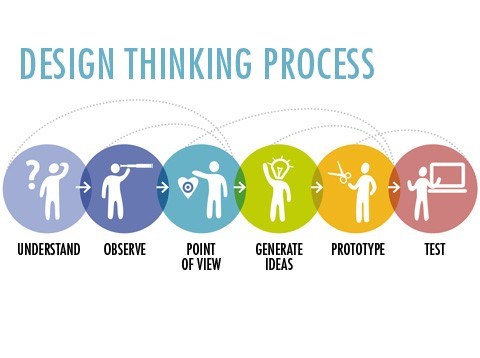08.12.2020
As was the case during the first Corona lock-down, “the sales department” is now to invest more heavily in “customer relations”. This means contacting customers by phone or conference call and “let’s talk …”.
This type of call is usually perceived by both sides as rather unpleasant and – as we all know – it is often quickly over. The contact is then in any case made, the verification box ticked.
Action is taken and customer loyalty is established. Honestly? Does that make the customer happy?
Or should the goal be better: Connecting with the customer and conjuring up a smiley face.
Customer relations in times of digitalization
Actually a good idea to get in touch with the customer in the age of digitalization. In most cases, touchpoints of customers with companies along the customer journey are rarely characterized by F2F contacts. You encounter a brand or a product today in the digital media: on websites, in e-brochures, at an add or an influencer in social media. In pictures or via well-designed video clips. Sometimes also in a call center voice.
Purchase and order processes are now also digitalized and subject to a secure and standardized process. Simple usability wins out. With as few clicks as possible on the Datahighway to a quick solution. With the advantage that the user’s own data is stored and further contacts are then suggested by the virtual assistant. You have to do less and less yourself.
And now again from person to person
The human being usually has no place in this process. In the meantime, he is no longer missed. The customer has become accustomed to communicating with the machines, the digital brand representatives and colorful images. Sometimes he/she still comes by personally in a store. There, a live encounter takes place in real time. One touchpoint among many.
In the meantime, the employee named at the beginning of this article is already a long way away from the customer. There is still a note about the customer’s wishes and needs in the customer database. But how do you tie in with this? How to build a bridge and create a connection with the customer?
What do you say now, after you have said “Good day”?
And this in COVID times, where everyone is intensively occupied with his own topics. Partly with high emotional involvement. That is then simply included in the call. To catch it alone brings many people to their limits. TCJG offers on request of our customers exactly to this topic specially designed workshops.
Connectedness with the customer
At the moment, when we sit in front of the screen for hours and days and get tired of the many faces in honeycombs and the overfeeding with animations, the inner voice is slowly knocking again.
A personal contact, an exchange from person to person, someone who listens, an individual feedback on what is being said – yes, that would really be desirable.
In other words, it is exactly the right time to make personal contact with the customer again.
The best way to do this is with one goal: to create a connection with the customer.
Connectedness describes a form of relationship experience that has an emotional impact. A feeling of being noticed and listened to with one’s own needs. To develop a desire to experience more of these contacts.
Connectedness with the customer means that the customer is the first and foremost factor in a contact. And not the ticking box or whether or not there is a quick conclusion in it. It means to focus all your interest on the customer and to be curious about him and his world. This can be done in a structured way. With the positive effect of regaining individual customer data, which contributes to lasting customer connectedness.
How does it work – customer connectedness?
We are happy to share some tips on how “customer connectedness” can be successful.
- Own attitude
First of all, it has something to do with the attitude and inner alignment with which one makes contact. Here curiosity is required and openness to results. And of course courage, if one is to go without completely formulated goal to another person. - Goal or purpose
Then it would be good to define a purpose for the contact instead of a clear goal. Maybe something like giving the customer a change or diversion in his virtual home-office day. - Structure
Not having a concrete goal, but simply getting involved in the contact does not have to mean that you do not follow any structure. On the contrary. We suggest that you use the time to really get to know your customer. For example, do you ask him how he organizes his current day? What is currently moving him in and around the business? What does he do in his limited free time? What wishes or ideas have been newly created or have become concrete during this time?
And just listen. Your customer will tell you a variety of points of contact for small and large “goddies” that you can do for him and which will be reflected in a concrete business at some point. That’s a promise. - Format
Make it clear right from the start with the invitation. No, this is not a classic ticking-box follow-up phone call. Invite to a “virtual café” instead. Or maybe even to a “Walk and Talk”. Either in pairs live or each one separately, connected with a conference call via smartphone.
Specify the time frame (20-40 minutes) in advance and outline the “agenda”. It should say something like: “I actually only have one TOP on the agenda: I would like to hear and understand how you are doing in these current times”.
An occurrence of connection is guaranteed. WOW experience and happy customer too. Try it out and amaze.
And take something for yourself as well: Connectedness!
You shape the future.
With us it works well!
Stay healthy.

 Currently, Jeff Bezos tries various innovative solutions for distribution and logistics (such as drone delivery) to reach the customers in their living environment and ease the buying process. The current strategic focus shows clearly that a customer-centric approach is derived from three main dimensions: Customer Value, Customer Experience and Customer Lifecycle.
Currently, Jeff Bezos tries various innovative solutions for distribution and logistics (such as drone delivery) to reach the customers in their living environment and ease the buying process. The current strategic focus shows clearly that a customer-centric approach is derived from three main dimensions: Customer Value, Customer Experience and Customer Lifecycle.